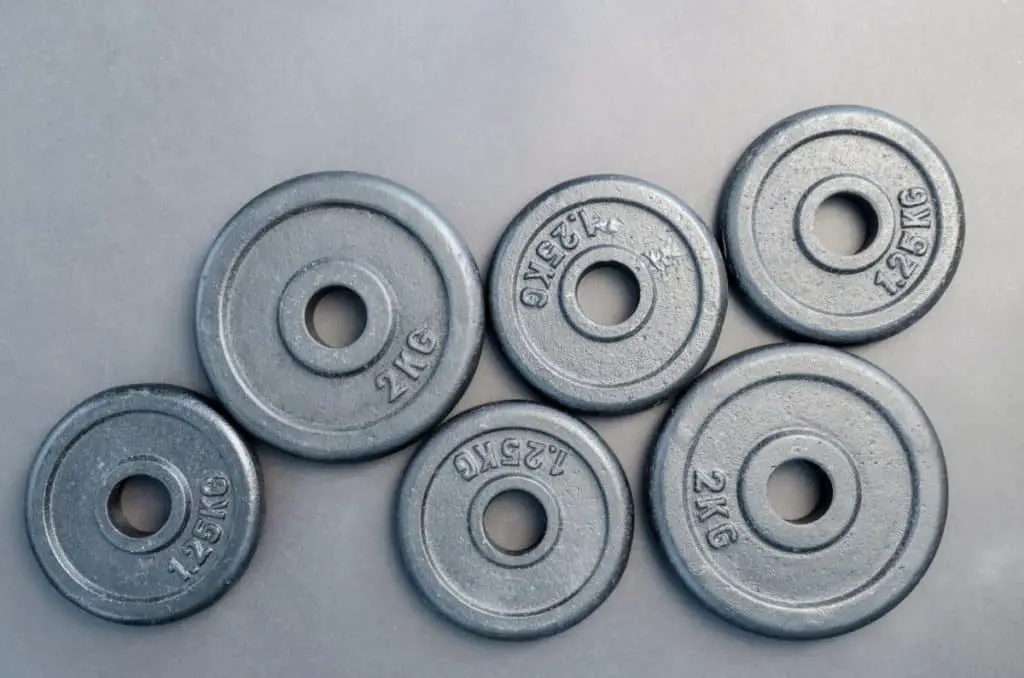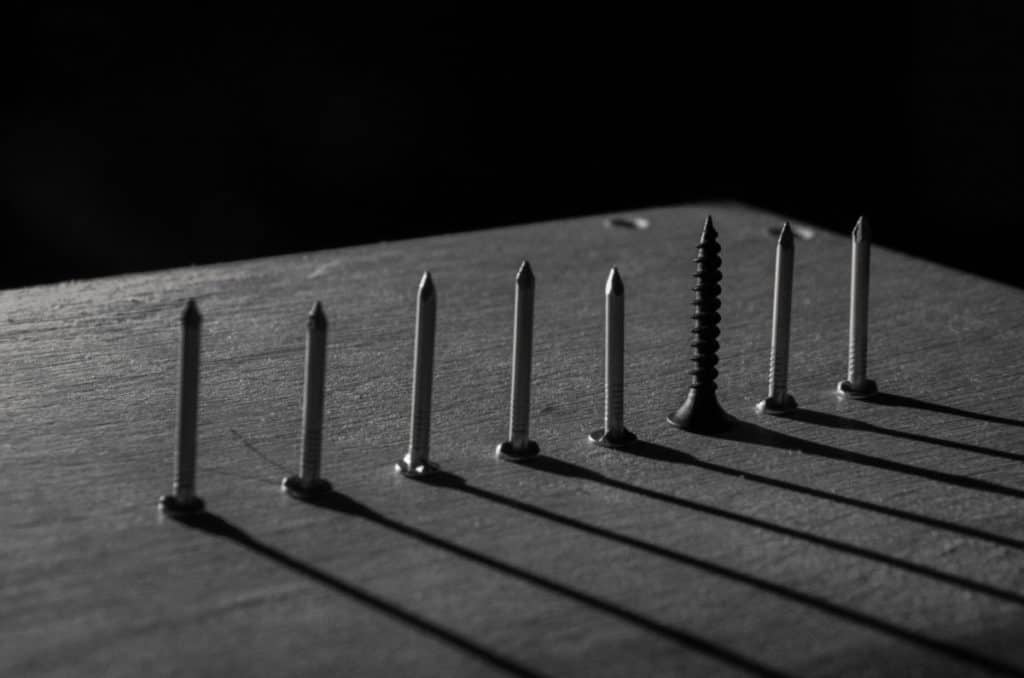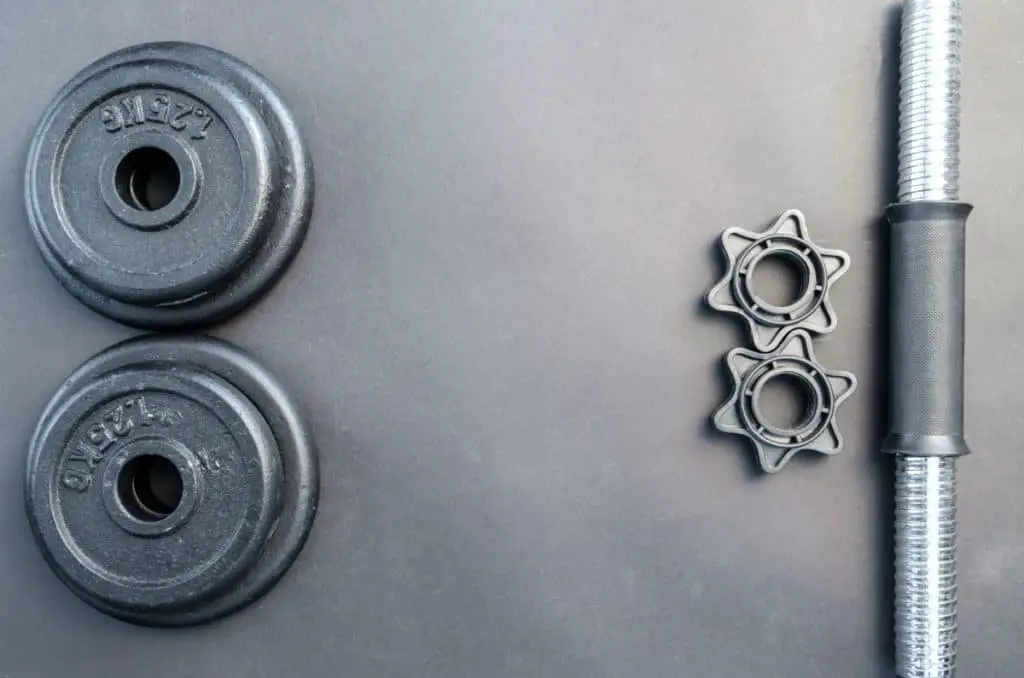
If you are interested in finding out if you can eat iron then you’ve come to the right article.
As, in this article, you’ll find the exact answer to this question, and also after you’ve read the answer to the main question then I’ll cover the answers to a few more closely related questions as well to extend your knowledge further.
I hope you learn a lot from this article.
Can you eat iron?
The iron that naturally occurs in trace amounts in food not only can be eaten but must be included in a healthy diet.
To offset the risk of iron deficiencies in the populace, some food products, such as cereals and bread, are fortified with iron.
Although iron is an essential nutrient, you should not eat or swallow a piece of solid iron.
Attempting to chew or bite it will damage your teeth, and you could choke as you try to swallow it.
If swallowed, a piece of iron or any other kind of metal object will not be broken down by the acids in your stomach, so it will remain undigested.
Any such object can cause cuts or tears to the organs and tissues that make up your GI tract.
This can result in bleeding and possible infection.
Some people, however, aren’t concerned for their health and still decide to eat iron objects like the man who likes to eat iron nails which are shown in the video below.
Can you eat iron filings?
It is very dangerous to eat iron filings or any kind of metal shaving since the individual filings have sharp edges that can cut the tissues in your mouth, esophagus, or stomach.
These lacerations can result in ulcers, internal bleeding, and possible infection.
Although trace amounts of iron are required in the human diet, the gastric fluid in your stomach will not break down a macroscopic iron object, that is, a piece of iron big enough to see with the unaided eye.
Although they are relatively small, iron filings are still considered macroscopic objects.
Since iron filings cannot be digested, your body will attempt to pass them through the lower digestive system where they could result in cuts or punctures, as well as intestinal blockage.
Can you eat iron shavings?
Consuming iron shavings can result in acute iron toxicity or iron poisoning.
While an iron object or iron filing will generally not be broken down in the digestive system and won’t likely cause iron poisoning, iron shavings may have particles that are small enough to be absorbed into the blood, resulting in toxic levels of iron.
Can you eat iron powder?
Consuming more than a small amount of powdered iron can result in iron poisoning.
Iron supplements contain very small amounts of the substance, and it is important not to overdose.
The precise amount of supplemental iron that you need and whether you need any at all depends on a variety of factors, such as your age, weight, and diet.
Before consuming iron powder or iron supplements, you should speak to your doctor and have them do blood work to test whether you have an iron deficiency or not.

Can you eat iron from dirt?
Iron naturally occurs as a component of dirt.
Although we require iron in our diet, it should be consumed as a trace element in normal food items, not by eating dirt.
Eating dirt is hazardous to your health since wild animals defecate on the ground and transfer parasites, bacteria, and viruses into the dirt.
When consumed, these can cause dangerous and even life-threatening infections.
Can you eat iron oxide?
Iron oxide or rust is produced when iron atoms combine with oxygen.
Common cooking implements, such as cast iron pans and utensils will quickly develop rust spots if they are not properly seasoned and oiled.
If you eat a small amount of rust or food cooked in a pan with a rust spot, you will probably not experience any negative health effects.
However, people with the rare hereditary condition known as hemochromatosis must carefully avoid consuming any rust.
Hemochromatosis causes ingested iron to be deposited and retained in the tissues of their organs, which damages the liver.
Why can’t we eat iron metal?
Humans can’t eat metallic iron objects for two reasons.
First, a macroscopic iron object (one large enough to see) is an indigestible foreign object.
As such, it is a choking hazard and can cause cuts, tears, or punctures to the GI tract.
Second, consuming microscopic iron particulates can result in iron poisoning.
Although the human body needs the trace amounts of iron found in food (and we sometimes need to properly fortify food to ensure it has sufficient amounts), eating too much iron is toxic and can be lethal.
What happens if you eat iron?
Eating an iron object can crack your teeth and cause cuts or abrasions to your cheeks, gums, or throat.
As it passes undigested through the stomach and intestines, it can cause punctures, lacerations, or tears to the tissues along your GI tract, and these can result in internal bleeding or infections.
Consuming too much iron particulate or overdosing on iron supplements can raise the levels of iron in your blood to toxic levels, a condition that’s known as iron poisoning.
In severe or untreated cases, iron poisoning can result in systemic organ failure and death.
Symptoms of iron poisoning include vomiting, diarrhea, low blood pressure, and in the most severe cases seizures, coma, and organ failure.
Is it healthy to eat iron?
Consuming an appropriate amount of iron as a part of your regular diet contributes to overall bodily health.
The iron that is in your blood carries oxygen from the lungs to your tissues and organs.
The precise amount of iron that you should consume depends on your age, weight, level of activity, and diet.
Consuming too little iron or consuming foods that inhibit iron absorption results in an iron deficiency, which can lead to anemia.
If untreated, iron deficiencies can stunt growth, cause heart problems, and complicate pregnancies.
Consuming too much iron can lead to liver cancer and is associated with diabetes.
Extreme amounts can result in acute toxicity or potentially lethal iron poisoning.

What type of iron can you eat?
The iron necessary for a healthy diet is best consumed as a trace element in food items.
However, some people require supplemental iron to make up for a dietary deficiency or to compensate for poor absorption rates.
Food can contain two different types of iron.
Meat or animal flesh contains heme iron, which is the iron contained in the hemoglobin within the animal’s blood and muscle tissue.
Plants and plant matter, such as leafy greens, legumes, and grains, contain non-heme iron.
Wheat, oats, rice, and fruits contain high levels of non-heme iron.
Both heme and non-heme iron are nutritious.
However, the body is better able to absorb heme iron than non-heme iron.
For this reason, vegetarians and vegans need to bear in mind that their bodies will only absorb a fraction of the total non-heme iron that is naturally present in their diet.
Why do we eat iron?
Iron is a major component of both hemoglobin and myoglobin.
Hemoglobin is the protein present in red blood cells, which transports oxygen from the lungs to tissues and organs.
Myoglobin is the protein that transports oxygen to the muscles.
Healthy hemoglobin and myoglobin levels are critical for maintaining bodily health and ensuring proper growth and development.
Check out the video below if you want to find out how you can improve your iron levels naturally without using supplements.
How much iron should we eat each day?
The amount of iron that you need depends on your age, sex, weight, and diet.
- For newborn babies, 0.27 mg is considered adequate, on average. Babies who were born premature or with a low birth weight typically require a greater amount. As a baby grows during the first year of life, it will require about 11 mg per day.
- Toddlers generally require about 7 mg per day.
- Children generally require between 8 and 10 mg per day.
- Upon reaching their teens, males require about 11 mg per day and females require about 15 mg since they lose some of their iron intakes as a result of menstruation.
- On average, adult males need 8.7 mg and pre-menopausal females need 14.8 mg. Post-menopausal females need 8.7 mg, like their male counterparts.

